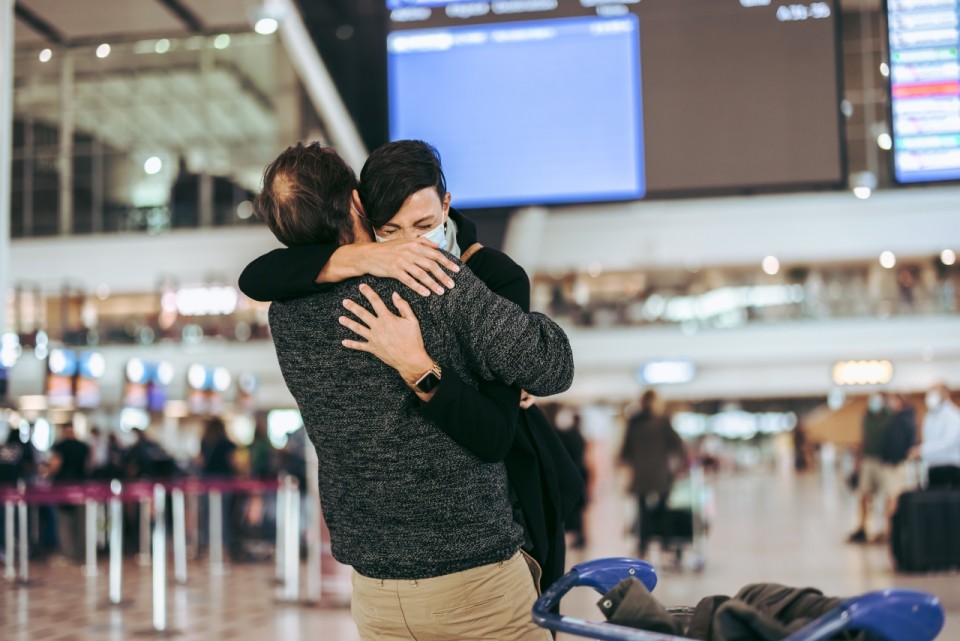New Zealand's border set to open in 2022
UPDATE, FEBRUARY 2022: The government announced a revised 5-step border opening process, beginning in March 2022. Please see this page for details.
Today the Minister for COVID-19 Response announced a 3-step process, starting in mid-January 2022, which will enable travellers to enter New Zealand without having to stay in MIQ. This change means more families will be able to be reunited, almost two years after New Zealand’s border first closed in early 2020.
When travellers can enter New Zealand without going into MIQ: The 3-step process
The ability to travel to New Zealand without going through MIQ will be opened up gradually, in 3 phases to cover 3 broad groups of travellers. These dates are not set in stone, and may be subject to change depending on how the COVID-19 situation in New Zealand evolves over the coming months. However, the indicative timeframe for reopening is as follows:
Step 1 includes fully-vaccinated New Zealand citizens and residents arriving from Australia, starting from 11:59pm on Sunday 16 January 2022, provided they have only been in Australia or New Zealand in the 14 days before they travel.
Step 2 includes fully-vaccinated New Zealand citizens and residents arriving from anywhere else (other than countries with a “very high risk” designation), from 11.59pm Sunday 13 February 2022.
Step 3 includes fully-vaccinated foreign nationals from 30 April 2022 onwards. The Minister has indicated that step 3 of the border reopening will happen in a staged way, possibly staged by visa category, meaning that not all visa holders will be eligible for MIQ-free travel at the same time. Further details about this stage of the process will be released in due course.
Requirements
While MIQ will no longer be required for those who meet the above criteria under the government’s staged reopening plan, measures to control the transmission of COVID will still be in place. All travellers will still need to meet the following requirements:
- a negative pre-departure test
- proof of being fully vaccinated
- a passenger declaration about travel history
- a day 0/1 test on arrival
- a requirement to self-isolate for 7 days, and
- a final negative test before entering the community
Those who don’t meet the criteria for MIQ-free travel under the above 3 steps, including unvaccinated travelers or those travelling from “very high risk” countries, will still be required to go through a 7-day stay at a MIQ facility followed by 3 days of at-home isolation.
Currently Indonesia, Fiji, India, Pakistan, Brazil and Papua New Guinea are designated as “very high risk”, meaning only New Zealand citizens and their dependants can travel directly to New Zealand from these countries. All others must spend at least 14 days in a non-VHR country before travelling here. However, in early December 5 this list will be amended and only Papua New Guinea will remain with a very high risk designation.
Further details on self-isolation requirements will be released in December. People who already hold MIQ vouchers for early next year will also be provided with more information next month.
The government has stated this does not mean the end of the MIQ system, and there will continue to be a role for it in the foreseeable future. Self-isolation requirements will also remain in place for as long as the government believes this is necessary on public health grounds. However, today’s announcement represents a major step towards New Zealand’s return to normality, and will come as very welcome news for migrants currently stuck offshore, or those separated from family.
